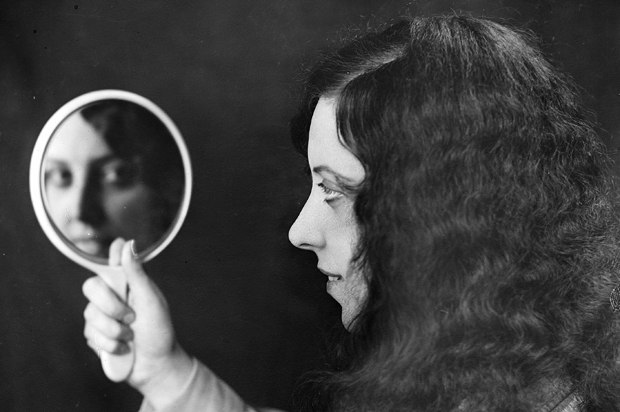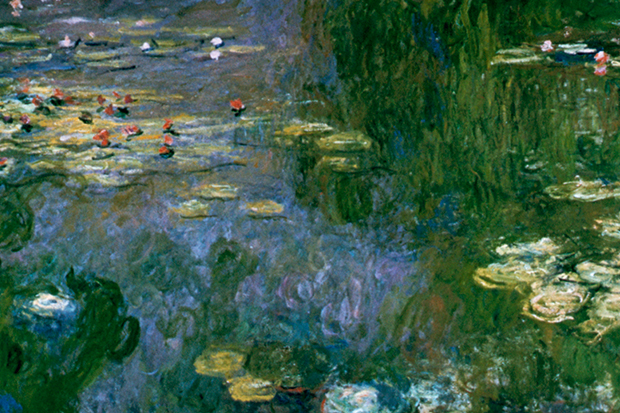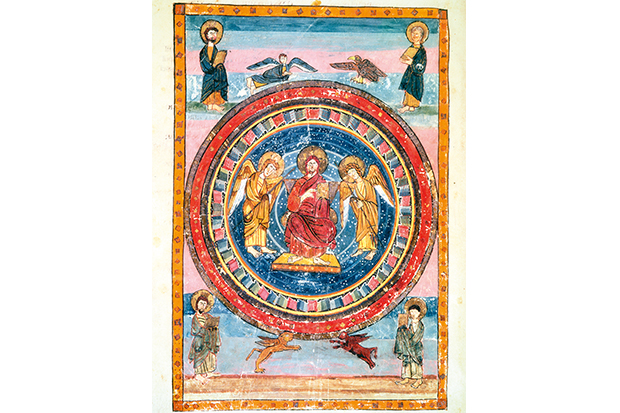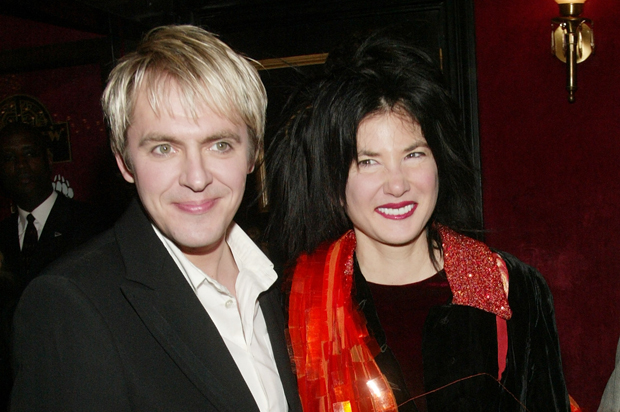Anicet is, as its cover proclaims, a Dadaist novel, reissued on the centenary of its composition. Louis Aragon would doubtless have been delighted to learn that it is almost impossible to review.
An art critic, with his ‘little gadgets… called criteria’, is satirised in these pages as a kind of ‘policeman’, whose
mission is in fact to seek out artists whose theories and works might disturb the peace… At the slightest threat of disorder the critic must set things right by exposing fraud and anarchy.
Here, in pre-emptive defiance, is a ‘novel’ which is nothing but ‘fraud and anarchy’: a work in which there is no coherent plot, no illusion of character, written in a style riddled with self-mockery.
The extraordinary root-and-branch nihilism of the Dadaist and Surrealist movements makes sense as a reaction to the extreme horrors of the first world war — though one can imagine the howls that would have greeted such a statement, since the movements proclaimed that nothing ‘makes sense’. Aragon began writing Anicet as a 20-year-old medical orderly in a field hospital on the Western Front. He was buried in shell explosions three times in one day, and was awarded the Croix de Guerre. There is nothing, however, about the war in his book: ‘Being a war veteran was frowned on by our group and… we considered the wish to write novels to be as tasteless as the Croix de Guerre that I had to hide in shame.’
This novel-which-is-not-a-novel is hardest work in the opening couple of chapters. A young man, Anicet, who does not believe in concepts of time or space, meets a stranger called Arthur, whom he recognises as equally liberated because he is enjoying his meal without actually eating it. Arthur, it becomes evident, is Rimbaud. I did guess this one; but when seven masked men intruded into the plot, bearing gifts (a glass ball, a scrap of silk, a mandarin orange, a cryptogram, the measure of an ohm, a railway signal and a photograph) for a mysteriously compelling woman, I gave up and turned back to the introduction.
This helpfully gives a key to some of the non-characters. André Breton, Jacques Vaché, Picasso, Charlie Chaplin, Jean Cocteau, Paul Valéry and Max Jacob all make appearances (though don’t expect pen-portraits). It also, most usefully, identifies the vampish beauty on the book’s cover, the film star Musidora, who was the acknowledged inspiration for Aragon’s central non-character, the amoral beauty, Mirabelle.
Musidora played Irma Vep (anag), a singer and a member of the gang of thieves called the Vampires in a series of beguilingly stylish, supremely silly and addictively fast-paced short prewar films. Like The Avengers, they featured a lithe, deadly woman in a thrilling catsuit. One can find the whole series online: the titles of the shorts give their flavour (The Severed Head, The Ring that Kills, The Red Codebook, The Spectre, Dead Man’s Escape, Hypnotic Eyes), as do the synopses of the plots (‘Satanas paralyses Philippe with the poisoned pin in his glove and leaves a bomb in a top hat to kill him off’).
Anicet himself specifically draws the analogy between the world of his novel and cinema: in the hectic plotting of The Perils of Pauline, there is, he says, no place for morality — just ‘speed’ that leaves ‘room only for gestures’.
In this modern world, ‘all that old psychology, regret, conscience, prejudice, lack of prejudice can go on the scrap heap in one block’. When the (non) hero receives a letter from his mother pleading for his return, he makes a very precise cone of the paper and sets fire to it. Our dismay, however, is undermined because the letter itself is written in the stilted melodrama of cinematic title-cards.
Once the novel gets into the surreal rhythms of the silent cinema it rattles along, with dreamlike jumps and elisions, through murder, marriage, theft and suicide. There is a passage which exemplifies this technique when Anicet burgles the salon-studio of Blue (Picasso), in a darkness illuminated by his swinging torch-beam:
If we had only one fact at a time about the world, and we lacked our faculty for bringing together a thousand perceptions and concentrating them on a single object, we would be constantly in the state our hero was in… Every time he bumped into an object our young villain sketched out the aspect of this paradoxical world using his torch as a paint-brush, and had no idea how to link this new phenomenon to his previous discoveries.
In a more conventional experimental novelist, this almost autistic experience of a lack of central coherence could be used to create wonder — a childlike or ‘Martian’ shedding of familiarity — or alarm. In Anicet, it does neither. The true nihilist is liberated by nothingness: ‘The marvel of our lives is that nothing is as important as we deem it to be.’ Under the phantasmagoria of the world lies only an ‘immense ennui’; non-chalant indifference is the ultimate aim.
How do you describe ‘ennui’ without becoming boring? Aragon manages it: this semi-novel is never dull; but it is certainly exhausting.
The post The great Dadaist novel appeared first on The Spectator.
Got something to add? Join the discussion and comment below.
Get 10 issues for just $10
Subscribe to The Spectator Australia today for the next 10 magazine issues, plus full online access, for just $10.
You might disagree with half of it, but you’ll enjoy reading all of it. Try your first month for free, then just $2 a week for the remainder of your first year.














Comments
Don't miss out
Join the conversation with other Spectator Australia readers. Subscribe to leave a comment.
SUBSCRIBEAlready a subscriber? Log in